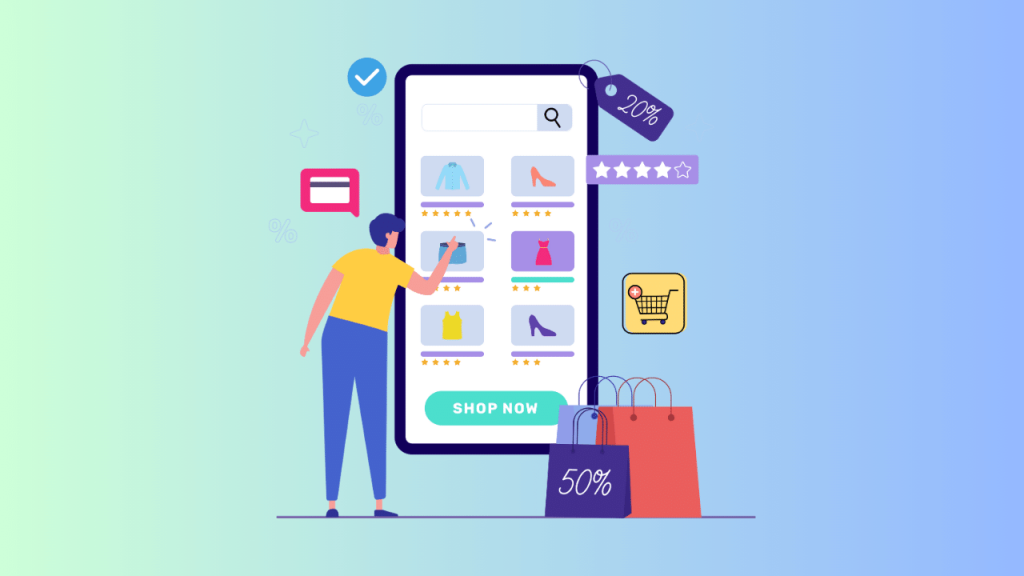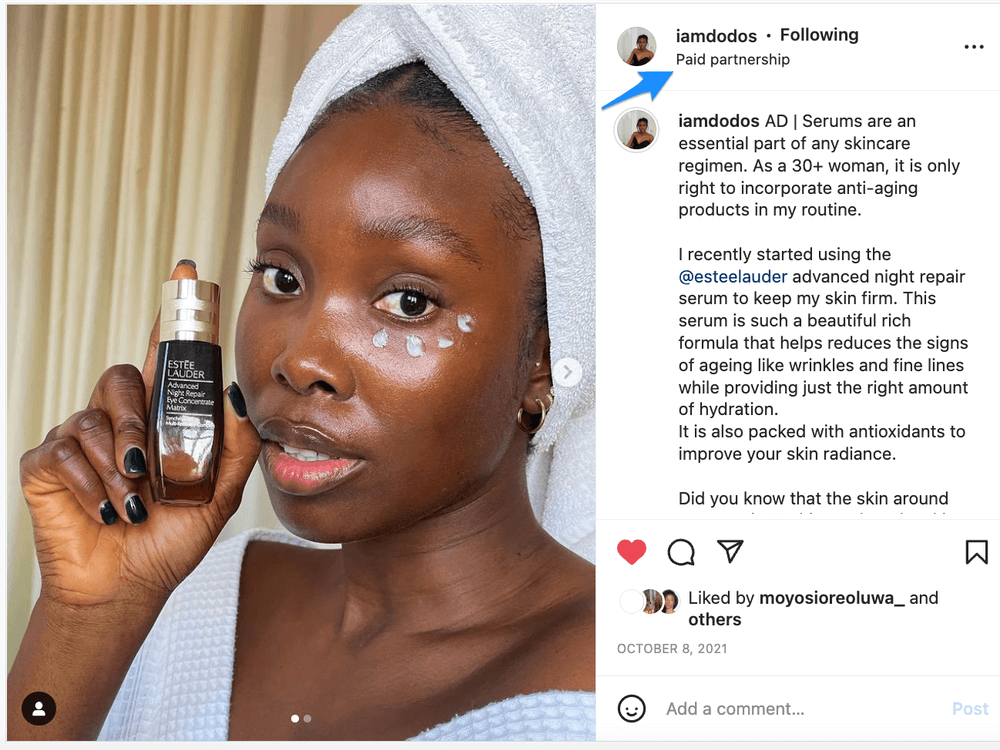In today’s highly competitive digital business landscape, running a successful e – commerce website is a challenging task. Every day, countless new e – commerce platforms emerge, vying for a share of the market. In such a scenario, how can your e – commerce site stand out and attract the attention of more potential customers? The answer lies in traffic.
More traffic means more exposure, more potential sales, and higher brand awareness. Here are 30 expert – recommended strategies, ranging from search engine optimization to social media marketing, from content creation to user experience optimization, to help you effectively drive traffic to your e – commerce site, enabling your business to shine among numerous competitors and achieve sustainable growth.

- Research Your Audience’s Search Intent: Use tools like Google Keyword Planner to find the keywords your target audience uses. For example, an eco – friendly beauty store focuses on “natural skincare products”, etc.
- Leverage Long – Tail Keywords: Select more specific and less – competitive long – tail keywords. A pet store can optimize for “hypoallergenic dog food for small puppies” to improve search rankings.
- Optimize Page Titles: Keep page titles within 60 characters and incorporate the main keyword. For a clothing store, it could be “Stylish Summer Dresses – [Brand Name]” to attract clicks.
- Optimize Meta Descriptions: Limit meta descriptions to 150 – 160 characters and briefly describe the product’s unique features to drive traffic to your website.
- Build an Internal Linking Structure: Link relevant product pages, blogs, and category pages to help search engines understand your site structure and guide users to browse.
- Optimize Site Loading Speed: Compress images, minify code, and use a CDN to prevent user loss due to slow loading. For example, a furniture store needs to display product images quickly.
- Ensure Mobile – Friendliness: Test on various mobile devices to ensure that elements like buttons, product displays, and checkout processes. These work smoothly and enhance the user experience.
- Publish High – Quality Blogs Regularly: A fitness equipment store can publish blogs on workout routines, fitness tips, and product reviews to attract fitness enthusiasts.
- Guest – Blog for Relevant Industries: Write articles for relevant industry blogs and add a link to your e – commerce site in the author bio to enhance brand authority.
- Use High – Quality Product Images: Display high – resolution product images from multiple angles. For example, a jewelry store shows product craftsmanship and adds a zoom function for customers to view details.
- Create Video Content: Produce product demonstration, unboxing, or behind – the – scenes videos and share them on your website and social media to help customers understand the products.
- Choose the Right Social Media Platforms: Select platforms based on where your target audience is active. For example, beauty brands choose Instagram and TikTok, while B2B e – commerce businesses choose LinkedIn.
- Complete Social Media Profiles: Fill in relevant information, upload a clear logo, and add a website link to maintain brand consistency across platforms.
- Share Valuable Content: Share product updates, industry news, tips, and promotions on social media. For example, a home decor store shares interior design tips.
- Actively Engage with Your Audience: Respond to comments, messages, and reviews promptly and encourage user – generated content through contests. This can enhance user participation.
- Offer Sign – up Incentives: Provide discounts, free e – books, or exclusive content to attract visitors to subscribe to your email list. For example, a software e – commerce site offers an e – book on productivity tips.
- Set Up Pop – Ups and Sign – Up Forms Appropriately: Place them on product pages, checkout pages, and blog posts without affecting the user experience.
- Send Personalized Emails: Send abandoned cart reminders, product recommendations, and birthday offers based on customer behavior. For example, a bookstore recommends books based on purchase history.
- Segment Your Email List: Segment according to demographics, purchase history, and engagement level and send targeted emails to different groups.
- Find Relevant Influencers: Collaborate with influencers who match your brand values and target audience. For example, a sustainable living brand partners with eco – conscious influencers.
- Evaluate Influencer Influence and Reach: Examine their engagement rate, follower demographics, and past collaborations to choose more effective influencers.
- Conduct Sponsored Posts and Product Review Collaborations: Pay influencers to create content. For example, a beauty influencer reviews a new makeup line on YouTube.
- Collaborate with Influencers on Giveaways and Contests: A fitness equipment brand collaborates with fitness influencers to hold product giveaway activities to attract traffic.
- Create Google Search Ads: Select relevant keywords. For example, a toy e – commerce store targets “best toys for kids” to direct users to product pages.
- Use Google Display Ads: Display ads on relevant websites and target specific demographics, interests, and behaviors to reach the target users accurately.
- Run Facebook and Instagram Ads: Target based on location, age, interests, etc. A fashion brand can promote its new collection in this way.
- Utilize TikTok Ads: E – commerce businesses targeting young audiences can create short and attractive videos. It can effectively promote products and attract traffic.
- Ensure Simple and Intuitive Site Navigation: A grocery store sets up clear categories like “Fruits & Vegetables”, “Dairy Products”, and “Snacks” for easy customer browsing.
- Streamline the Checkout Process: Reduce steps, offer guest checkout options, and support multiple payment methods to enhance customer shopping convenience.
- Collect and Display Customer Reviews and Testimonials: Encourage customers to leave reviews and display them on product pages. For example, a hotel e – commerce site shows reviews to build trust.

In conclusion, driving traffic to your e – commerce site requires a multi – faceted approach. By implementing these 30 strategies, you can increase your online visibility, attract more visitors, and ultimately boost your sales. Remember, consistency and continuous improvement are key to long – term success in e – commerce.




